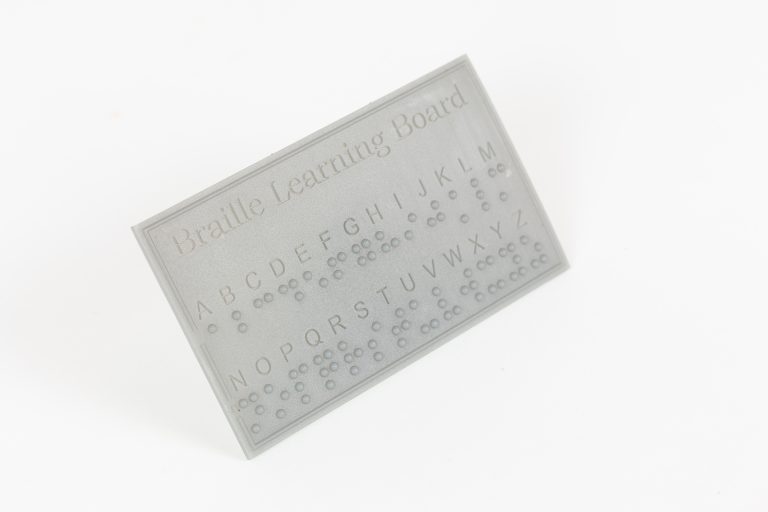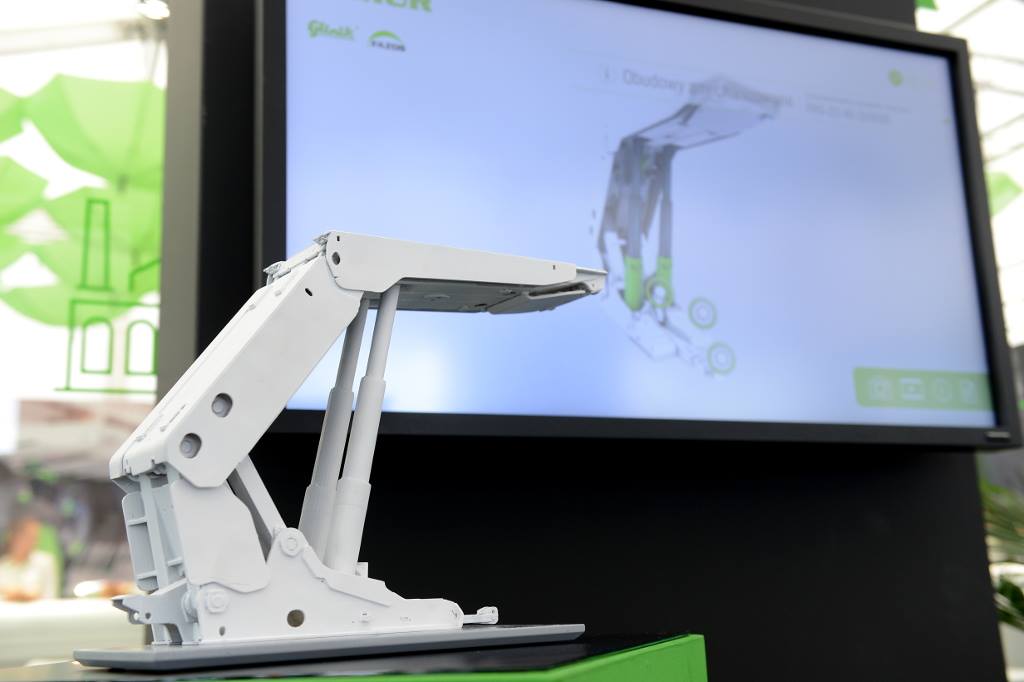3D printing is most frequently associated with new technologies and state-of-the-art engineering projects. Not a bad association at all, however, 3D printing capacity has been growing, and thanks to that it may also be used in preparing museum exhibits and mock-ups.

3D printing technology applied at museums and heritage centres may definitely help in education, protection and research. 3D printing combined with the existing traditional methods may become a great value for museum collections.
Other example of 3D printing application which may prove to be useful in museology are 3D printouts of souvenirs, museum mock-ups, missing exposition elements, duplicates to be used in educational workshops and many other, including Braille language tags. According to the research by Kazunori Minatani, the greatest advantage of 3D printers compared to the traditional Braille printers is that they may freely adjust the layout of dots and their shapes. Thanks to 3D printing he was able to create larger dots compared with traditional methods. Minatani created a touch-map for people with impaired sight. His research emphasised the aforementioned freedom contributed by 3D printing in creating various shapes, sizes and layouts of dots compared with the limitations of the traditional Braille printing.

The FDM technology will also be applied among historical researchers. Scanning of 3D objects and using 3D modelling gives them vast opportunities and decidedly facilitates their work. 3D models have one particularly important advantage for researchers. 3D files are much more convenient to share than by way of traditional shipment or transport of delicate and really precious historic artefacts or archaeological remains. The researchers also gain the possibility of sharing or handling precious cultural heritage objects without exposing them to damage.
The American Smithsonian Institution is an ideal example of using 3D printing technology for museum purposes. Some of the objects found in their collection have been scanned and then printed in 3D. Creating of replicas with the use of 3D scanning is a very interesting alternative to the traditional techniques, such as casting. Mainly, the scanning process is much less invasive and there is a much smaller risk of damaging the historic object. We may, therefore, see objects which are too delicate or too precious to be exposed in public space or send them on a voyage to an external, travelling exhibition. A great advantage of creating such replicas is also opening to the handicapped. Duplicates and replicas may serve as interactive objects enabling the people with impaired sight to touch things and, thus, ‘see’ the whole exhibitions which have been unavailable to them so far. Such initiative at the American Virginia Historical Society enable the blind to see may objects from the American Civil War, including general George S. Patton’s pipe or the face cast of general Robert E. Lee.
Check 3D printing services for your organisation

FAMUR, a manufacturer of mining machines, decided to make the mock-ups of their equipment in 3D technology. For years, the company has been presenting their machines at fairs in a traditional way. However, their transport has always brought about many problems due to the weight which was sometimes as much as several tons. They asked 3DGence for help, the company 3D printed mock-ups on the industrial 3D printer 3DGence INDUSTRY. The 3D printouts of miniature machines were post-processed, which included grinding, luting and painting.
The advantage of making gigh0quality the miniatures was also the very modern form of their presentation. By way of placing the models on special panels with inbuilt RFID readers, information about the models of machines could be received. As soon as the computer application was launched, touch screens displayed technical specifications.

At 3DGence we had the opportunity not only to print the models of our machines but we were also proposed the mechanical machining of the models in order to achieve the expected visual effects. Thanks to the comprehensive 3D printing services we were able to avail of the experience of a producer with an extensive machine park, and an extended model-making lab. The printed miniatures of our machines were made to the expectations of our company.
3DGence, as an expert in 3D printing technology may propose a vast material portfolio to its customers, stating from standard plastics, such as ABS or PLA, and ending with aluminium and titanium alloys.
Our team of engineers takes an individual approach to 3D printing inquiries, analysis the needs and proposes the solutions which may bring measurable savings in the respective sector. Contact us: [email protected]
Need help choosing your 3D printing services?

Necessary cookies are absolutely essential for the website to function properly. This category only includes cookies that ensures basic functionalities and security features of the website. These cookies do not store any personal information.
Cookies that are used to recognise you and remember your preferences or settings when you return to our site, so that we can provide you with a more personalised experience.
Cookies which measure how often you visit our sites and how you use them. We use this information to get a better sense of how our users engage with our journalism and to improve our sites and apps, so that users have a better experience.
Cookies that are used to collect information about your visit to our site, the content you have viewed, the links you have followed and information about your browser, device and your IP address.